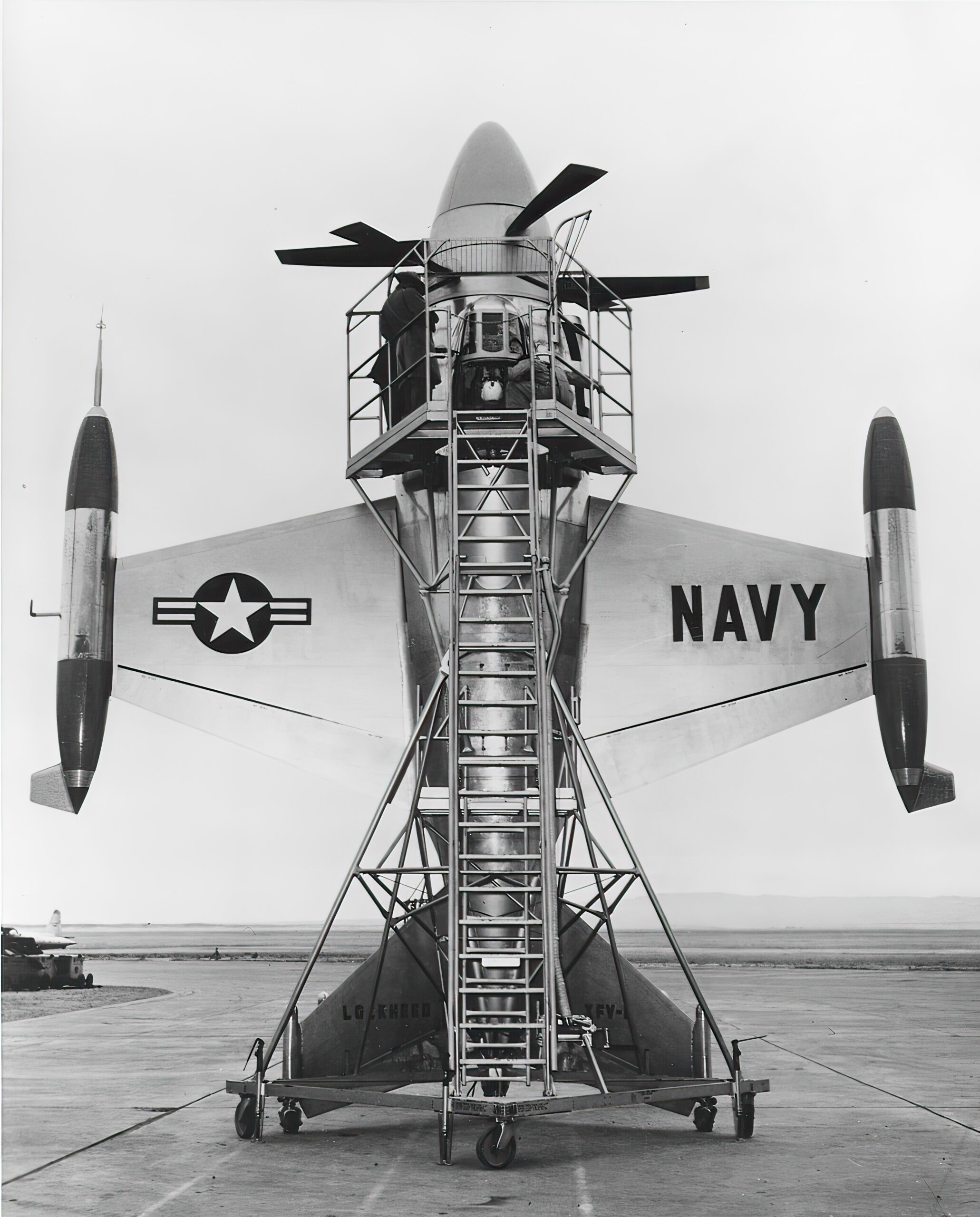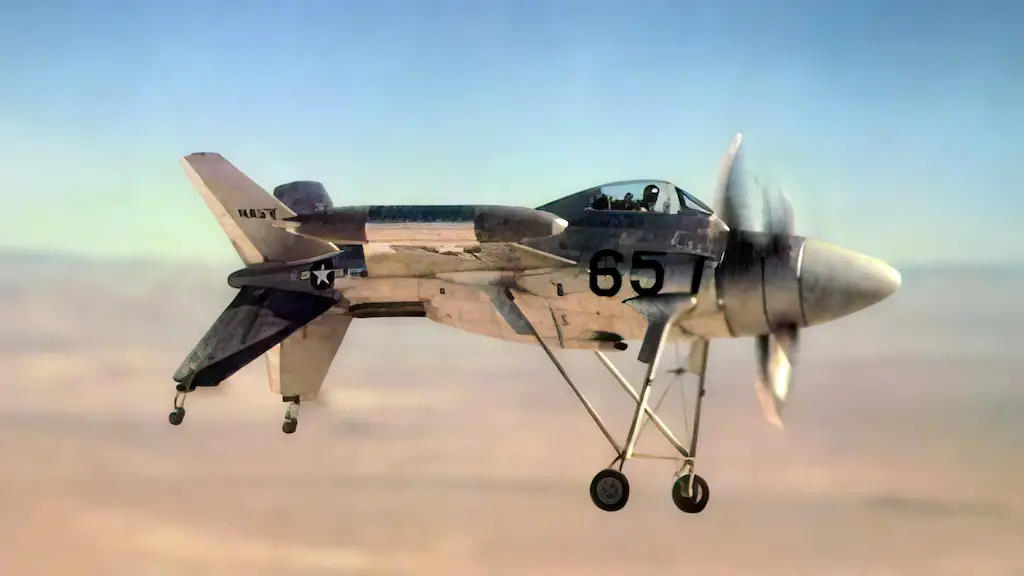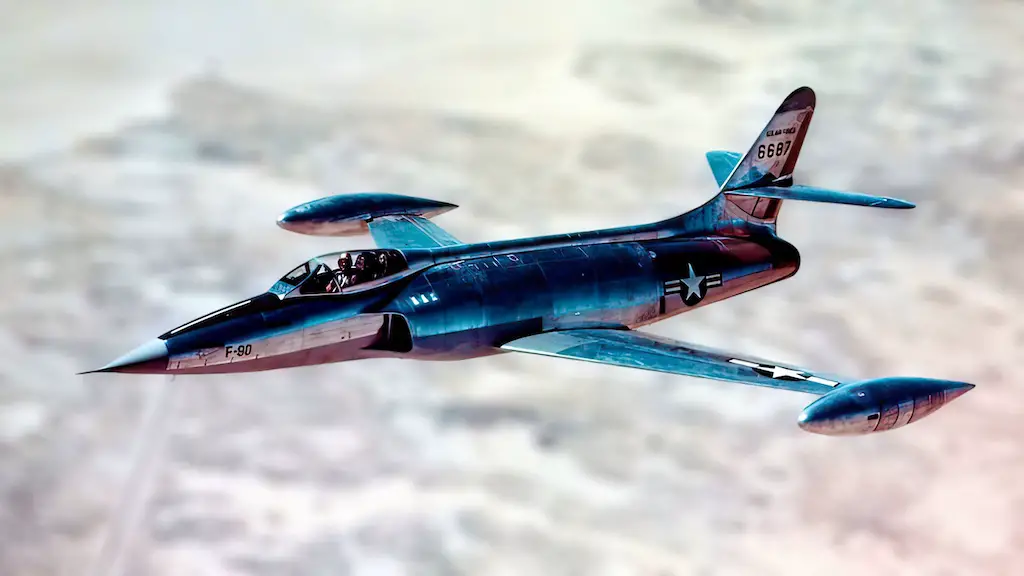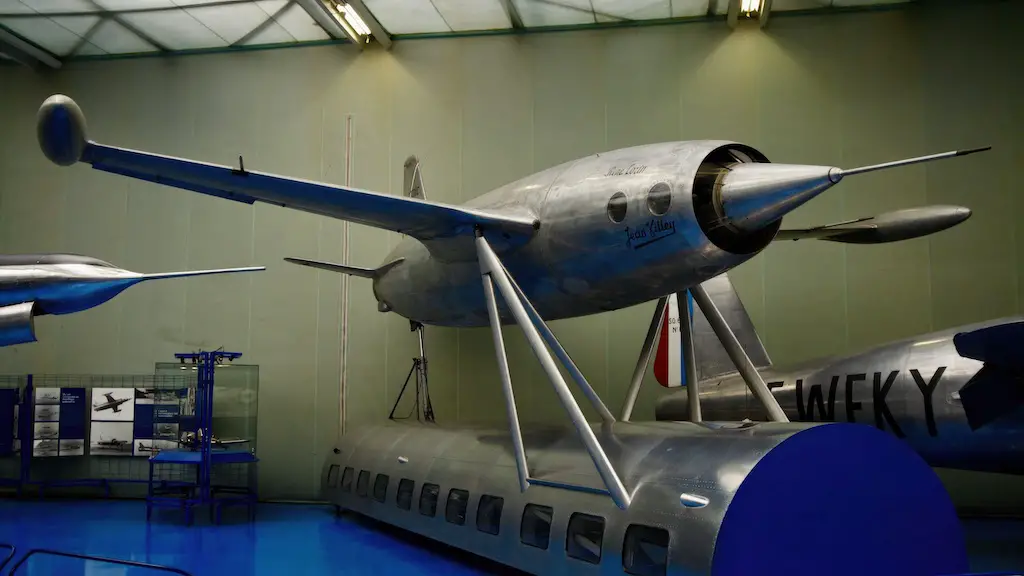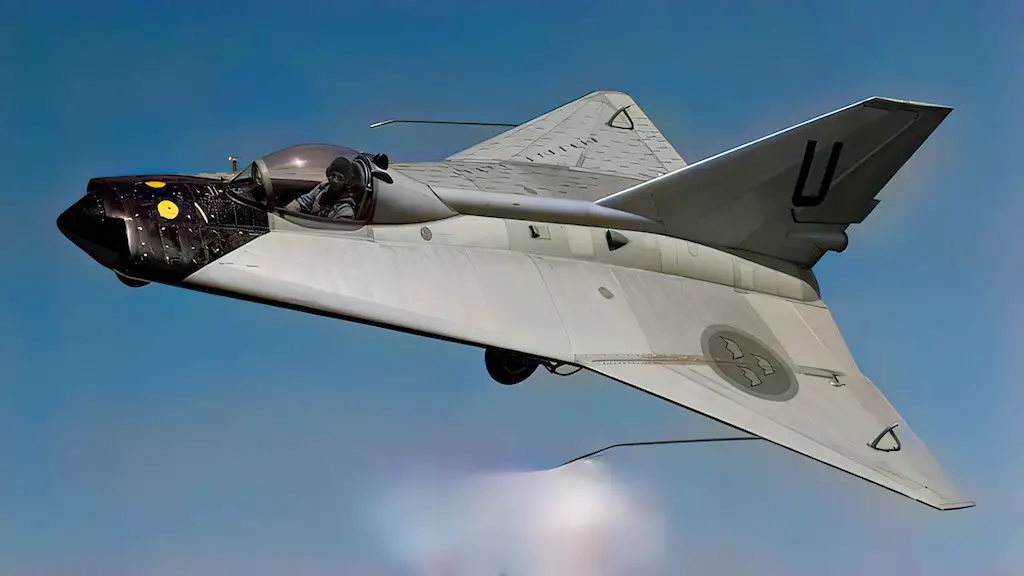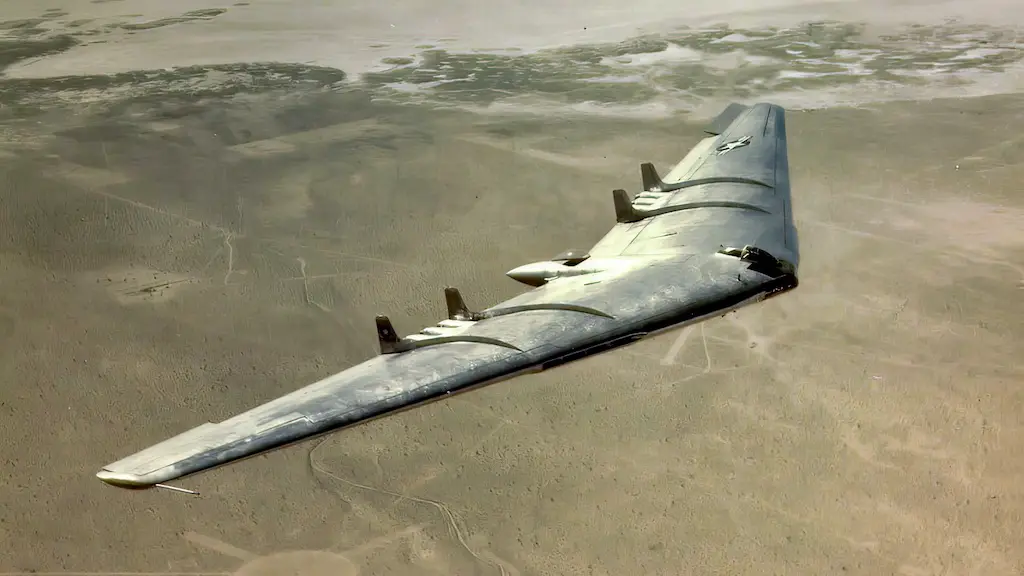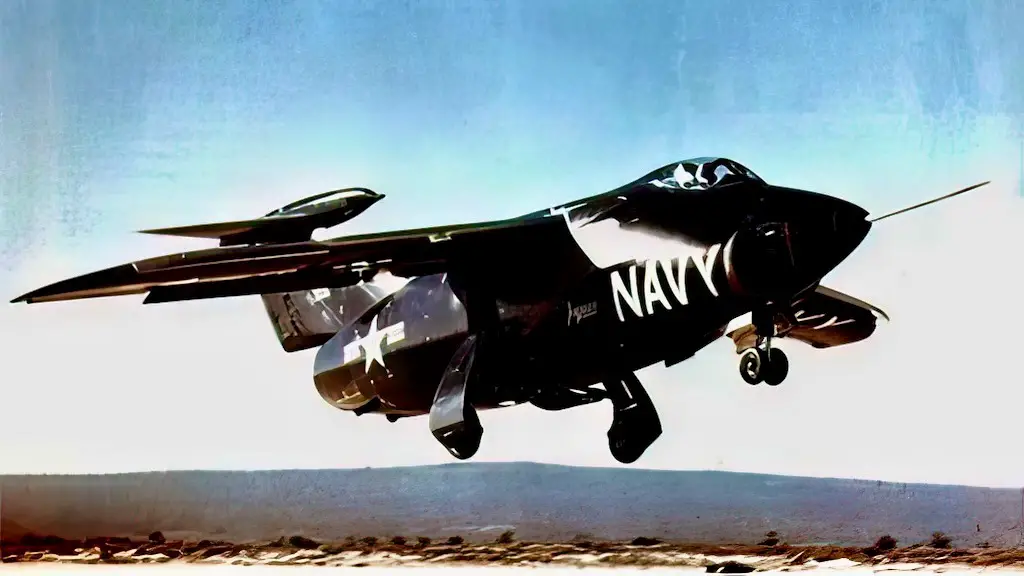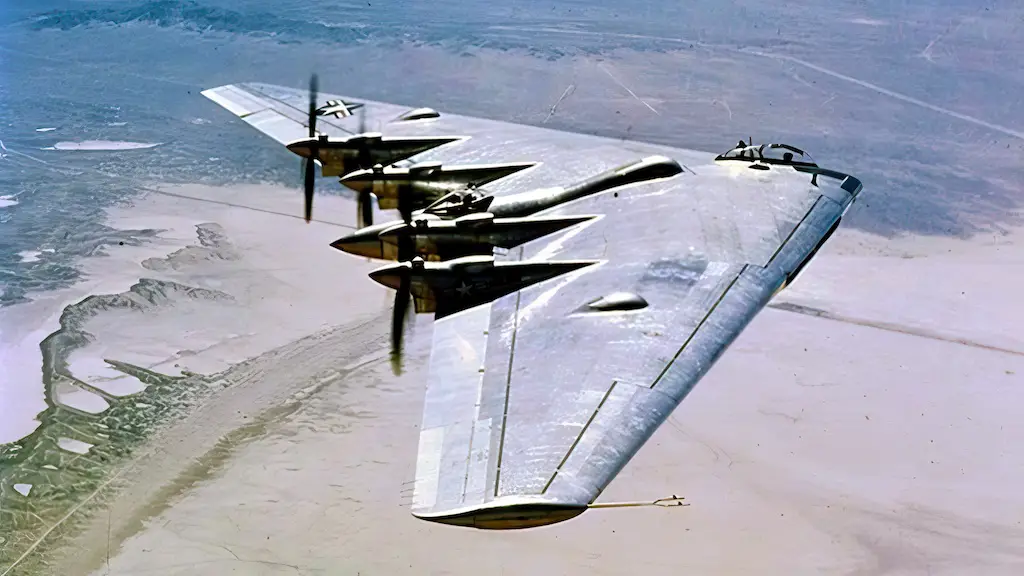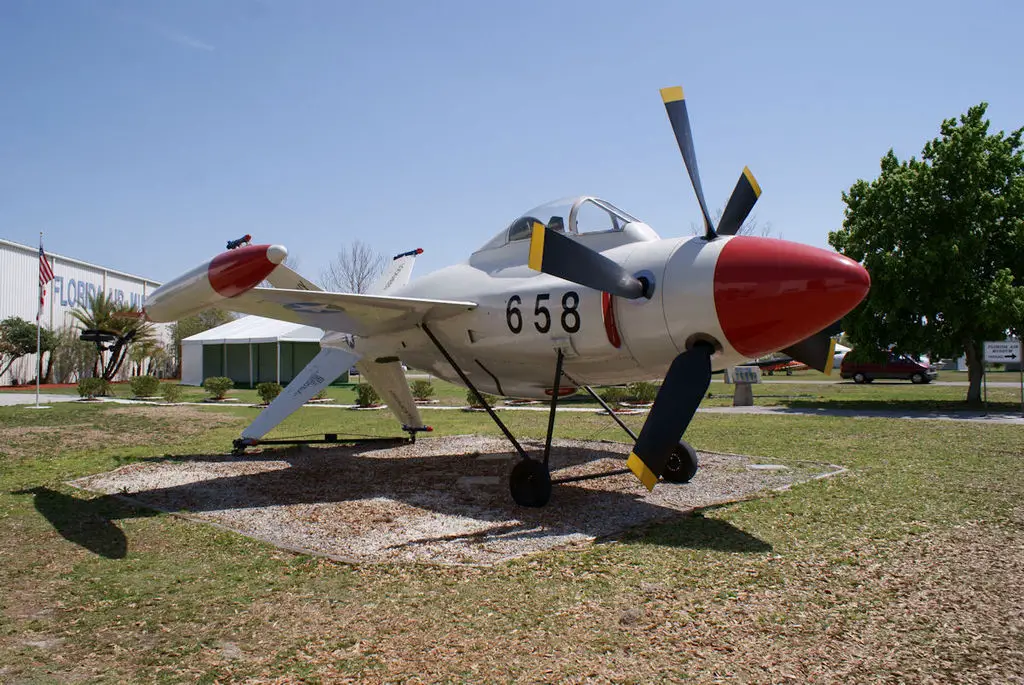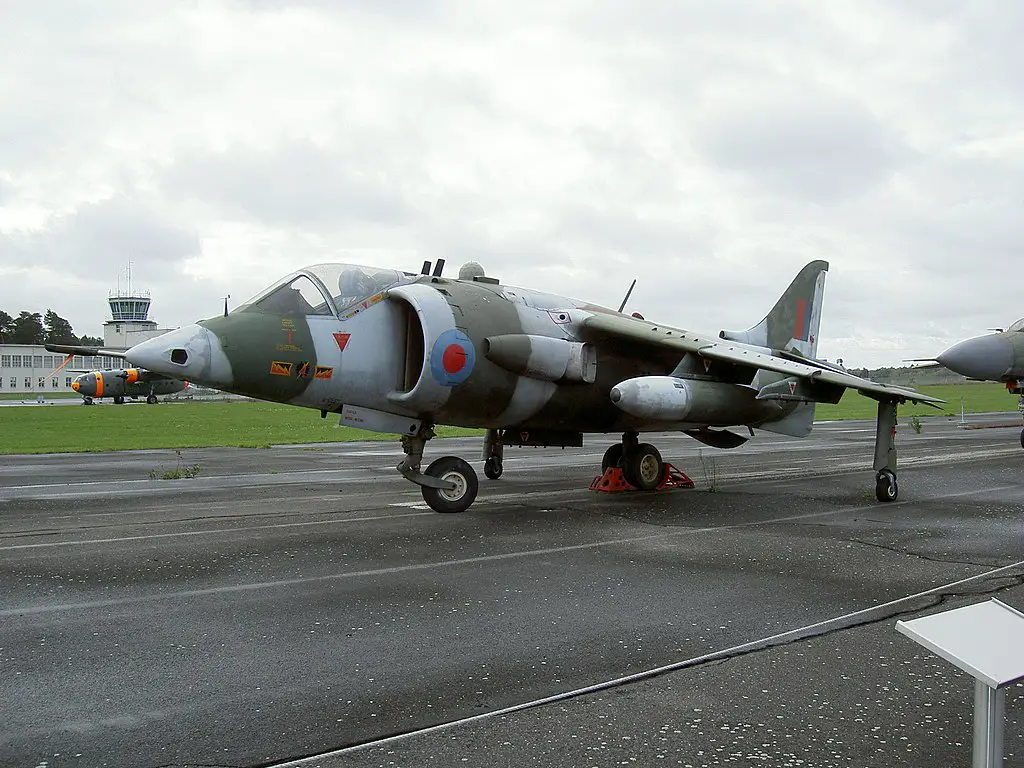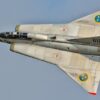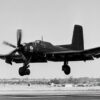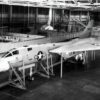The Lockheed XFV-1 Salmon, an innovative experimental aircraft from the early 1950s, represented an ambitious attempt to create a vertical takeoff and landing (VTOL) fighter. Although the XFV-1 never reached operational status, it still holds an essential place in aviation history due to its pioneering technology and unique design. This article offers an overview of the XFV-1’s development, design, and ultimate fate.
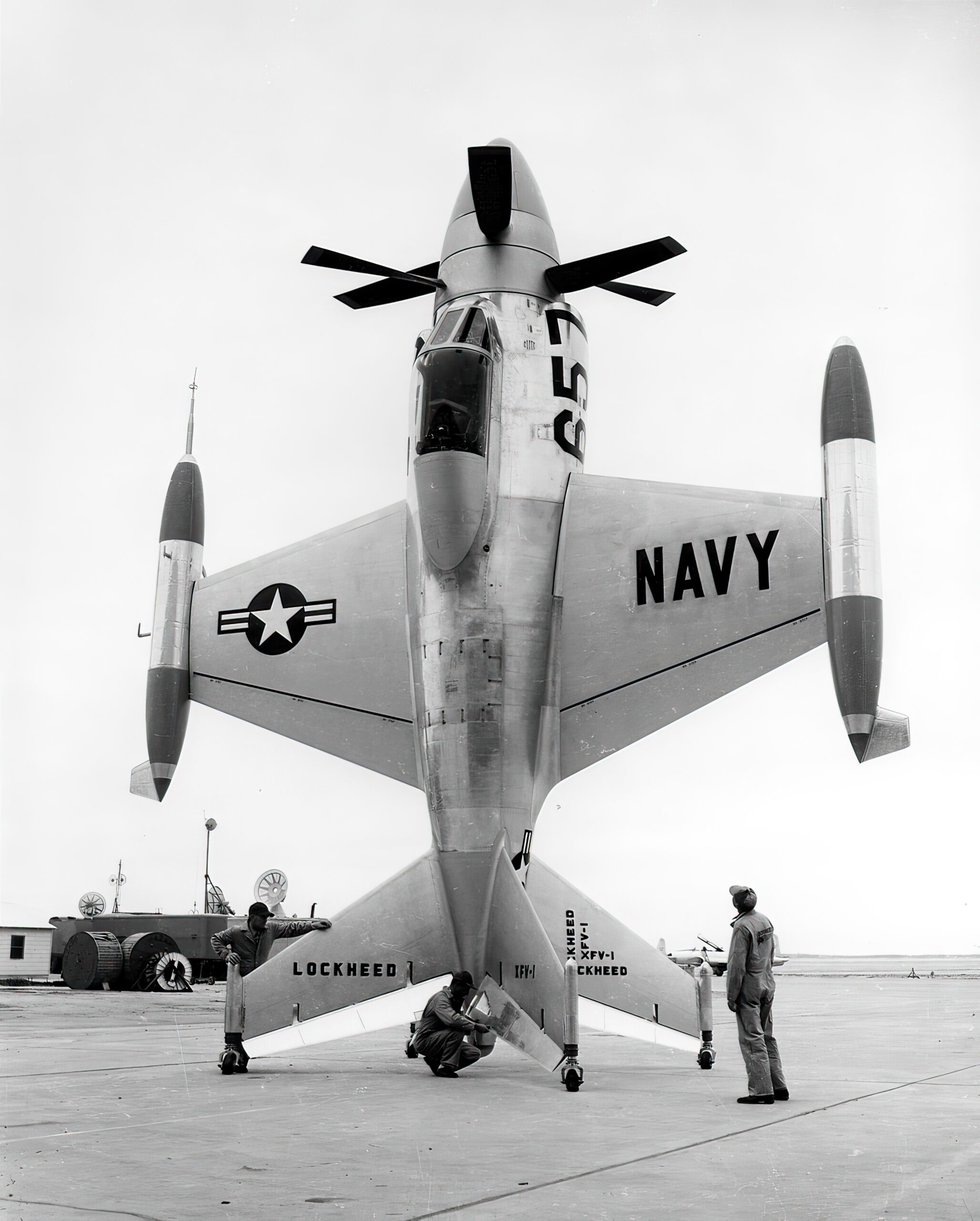
Background and Development
Following World War II, the United States military aimed to develop advanced aircraft capable of operating from unconventional locations like small ships or confined spaces. To achieve this, the military issued a proposal in 1951 for a VTOL fighter aircrafts development. Lockheed Corporation, a leading American aerospace manufacturer, answered the challenge and received a contract to design and produce two VTOL fighter prototypes, designated as the XFV-1.
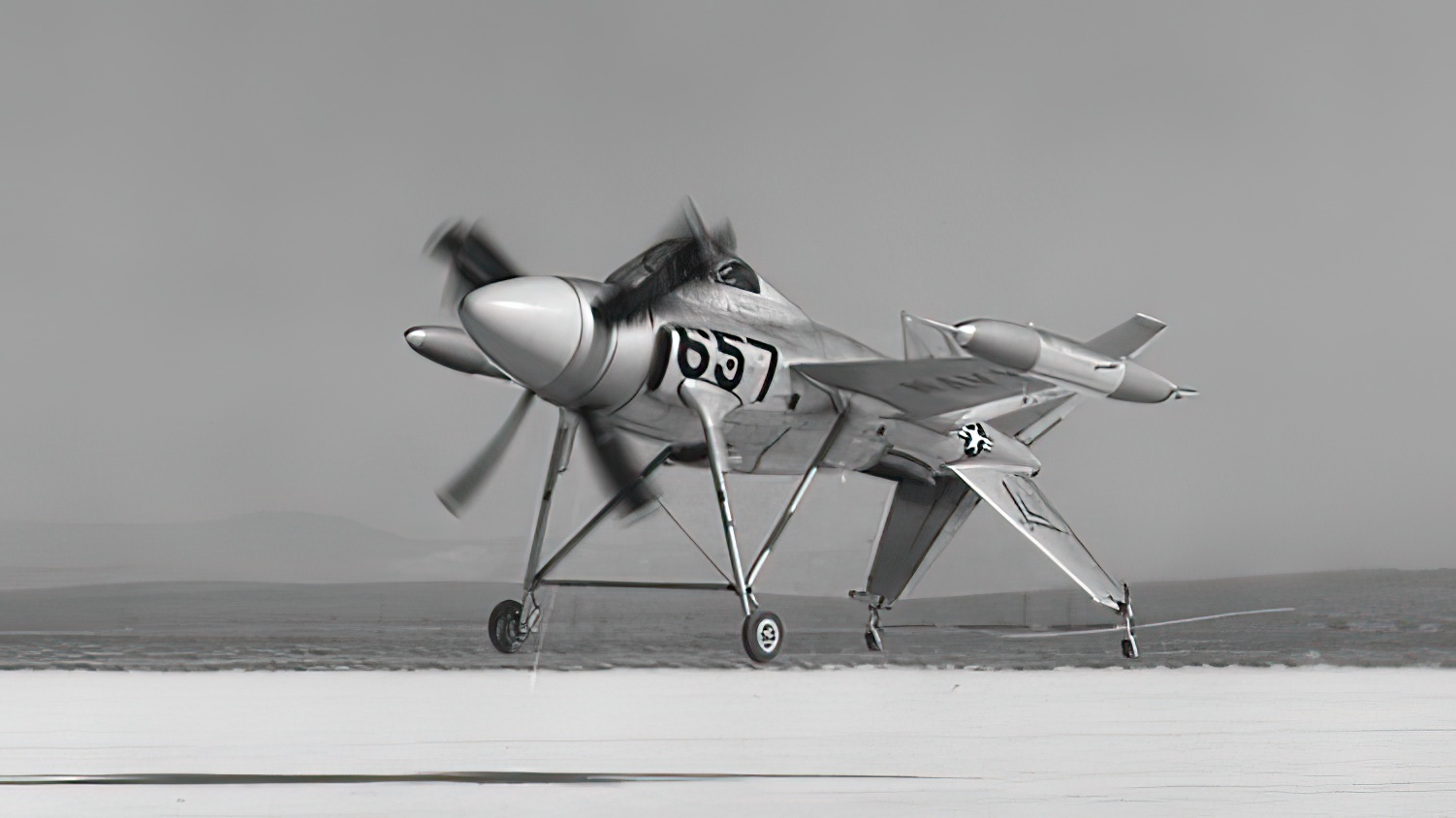
Design
The design of the XFV-1 Salmon significantly diverged from traditional aircraft. Its most striking feature was the unconventional pogo-stick configuration. Both the aircraft’s nose and tail featured a set of landing gear, enabling it to stand vertically during takeoff and landing. A single Allison YT40-A-14 turboprop engine with contra-rotating propellers powered the XFV-1, providing the necessary thrust for vertical and horizontal flight. The engine generated an impressive 5,850 horsepower, enabling the aircraft to achieve a projected top speed of 580 mph.
Short and stubby wings characterized the XFV-1, designed for high-speed flight and maneuverability. The fuselage contained the pilot, who sat in a raised cockpit with excellent visibility during vertical and horizontal flight. The aircraft came equipped with four 20mm cannons for air-to-air combat.
Test Flights and Challenges
In December 1953, a Lockheed test pilot controlled the XFV-1 during its first tethered test flight. The aircraft showcased its ability to transition from vertical to horizontal flight and hover in place. However, the XFV-1 encountered numerous technical challenges during development. A significant issue involved the excessive vibration generated by the contra-rotating propellers.
This issue not only made the aircraft difficult to control but also threatened the airframes structural integrity. Furthermore, managing the transition between vertical and horizontal flight required a highly skilled pilot, rendering the XFV-1 unsuitable for widespread deployment. Another notable challenge concerned the XFV-1’s limited range and endurance due to fuel consumption. Although the aircraft displayed impressive speed and agility, it could not maintain long-duration missions, limiting its potential operational roles.
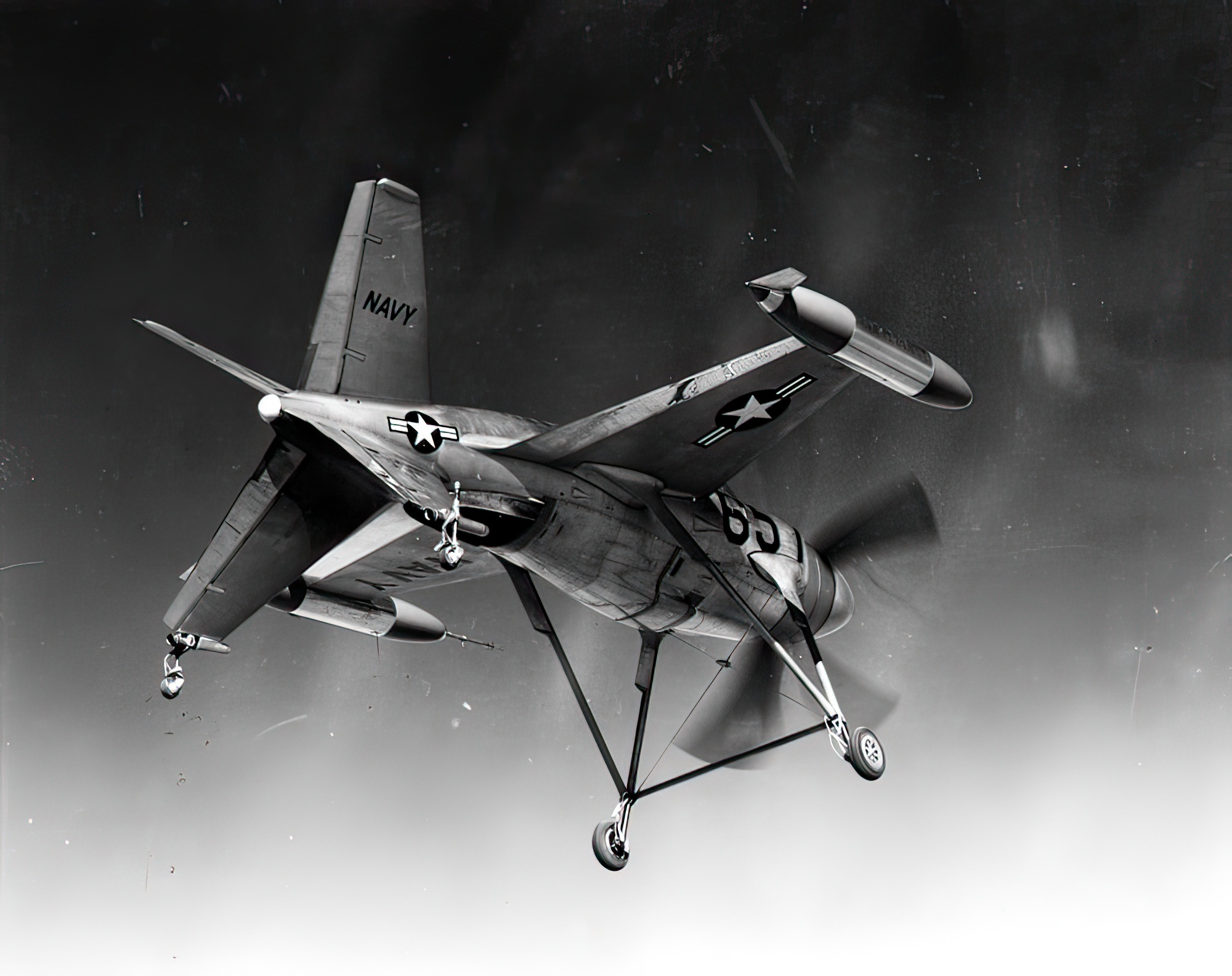
Cancellation and Legacy
Despite its innovative design and outstanding test flight performance, the XFV-1 Salmon project was ultimately canceled in June 1955. Rapid advancements in jet engine technology made the XFV-1’s turboprop engine obsolete, and the technical challenges combined with limited operational capabilities rendered it an impractical option for the military.
Nevertheless, the XFV-1’s groundbreaking design and technology left a lasting impact on the aviation industry. It played a crucial role in developing future VTOL aircraft like the Harrier Jump Jet and the F-35B Lightning II. The XFV-1 also helped explore unconventional aircraft designs, pushing the boundaries of aerospace engineering.
